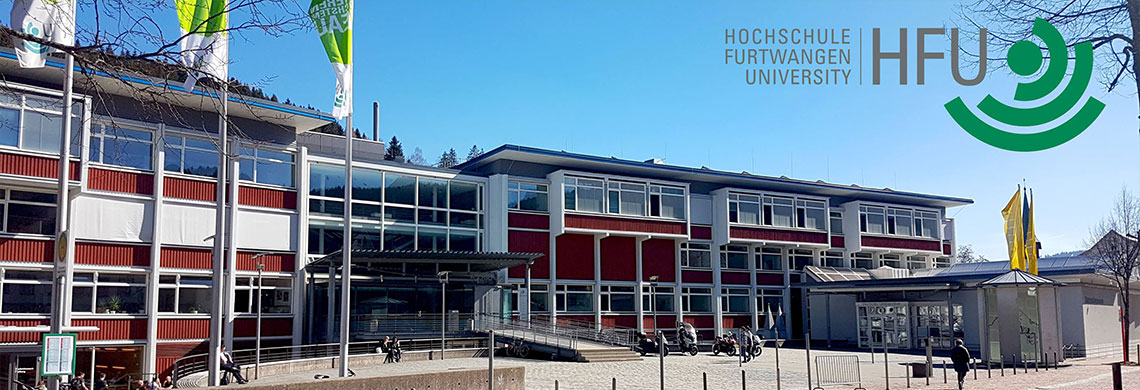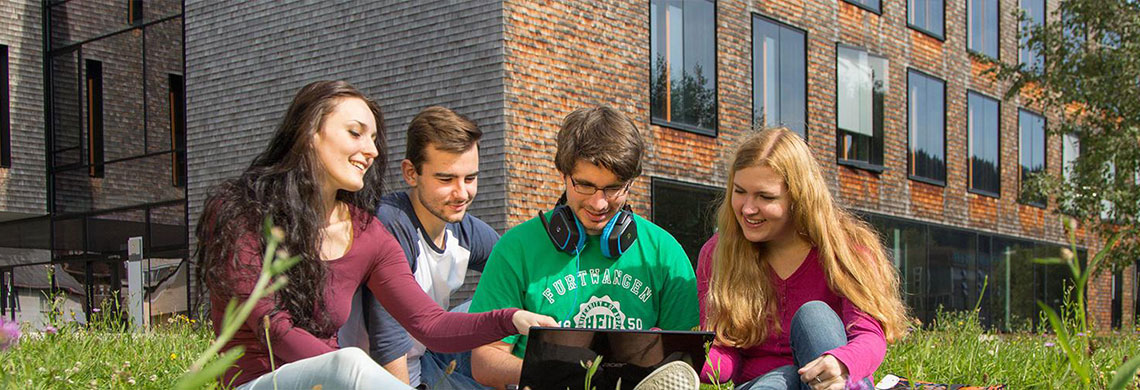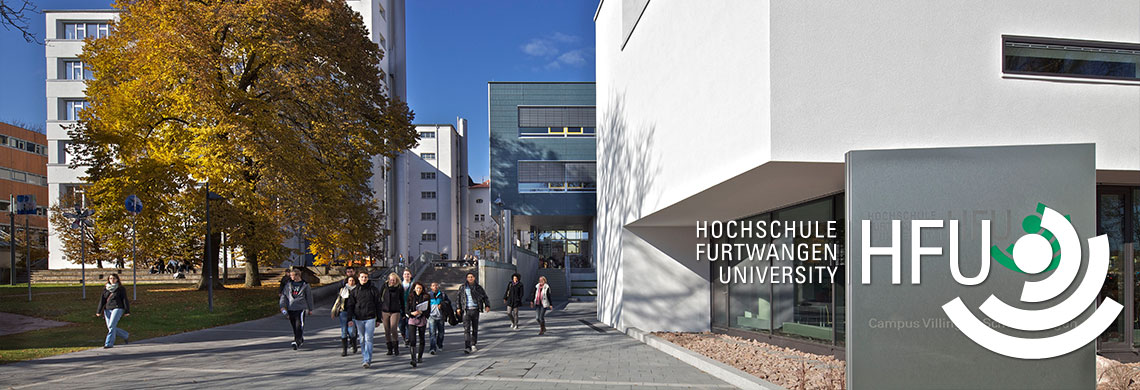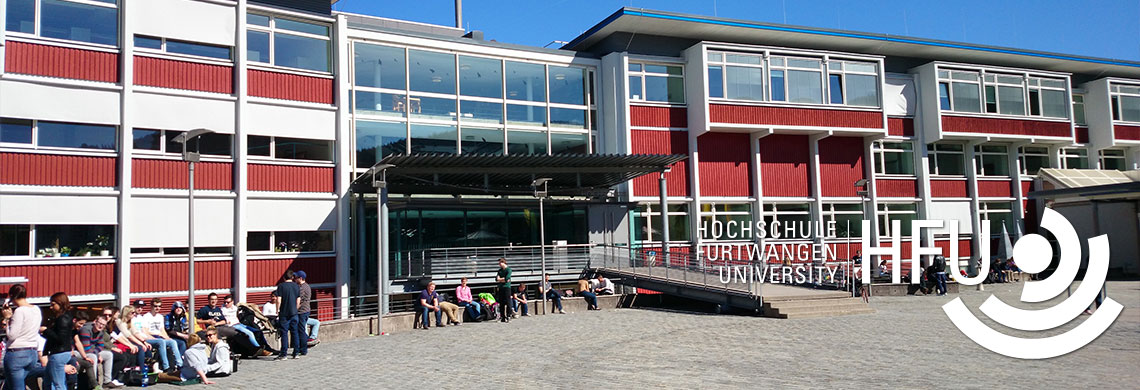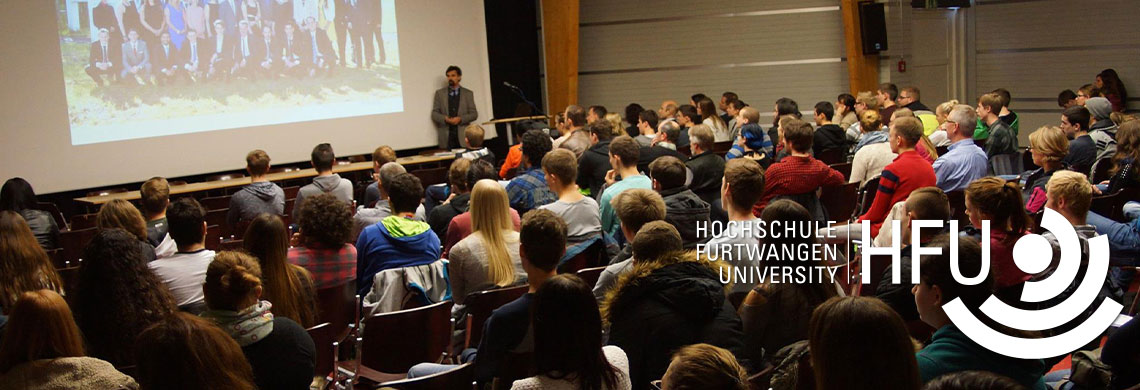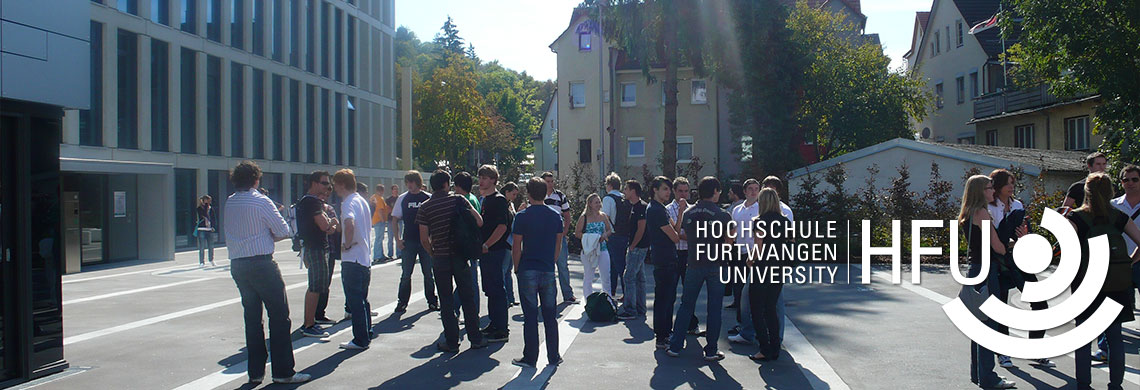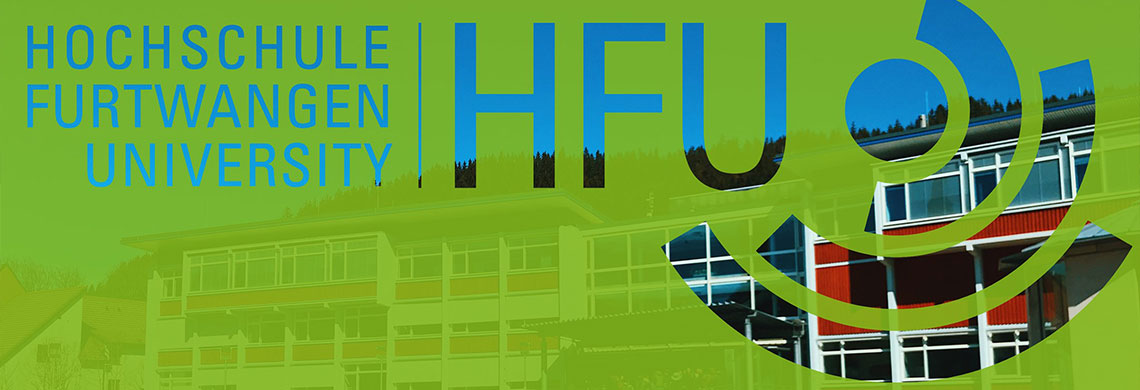Academy for Cultural Diplomacy
The Center for Cultural Diplomacy Studies (CCDS)

Travel to BerlinThis page explains the different transport methods available for the student to enter Germany and reach Berlin. There are several ways to do this including airplane, train and bus routes. The page 'Finding Us' on the website will explain once the student is in Berlin how to arrive at the CCDS as well as general transport information for around the Berlin. |
FlightsBerlin has two main operational airports:
|
RailGermany has an extensive and efficient rail network with excellent connections throughout Germany and the rest of Europe. The student can access good value for money tickets if purchased in advance. The Deutsche Bahn Website can give information on ticket prices, times and services for both German and Europe wide travel: www.bahn.deMost international trains will stop at Berlin Hauptbahnhof (Central Station), where they can alight here, before the train will carry on to its next destination. Berlin Hauptbahnhof has excellent transport links to the rest of the city. These include numerous S bahn services, U bahn services, Bus and Tram links as well as other regional trains. To find out more about the transport network, you can use the online journey planner on the Berlin transport website: www.bvg.de |
Bus and CoachesA cheap way of travelling to Berlin is by coach. There are many companies which provide cheap and comfortable international services.The main company is Eurolines which provides coach travel throughout Europe: www.eurolines.de Additionally, Linienlines provides an extensive network of Intra-German bus services for low prices. www.berlinlinienbus.de International Bus travel into Berlin will stop at the Central Bus Station (ZOB). The ZOB is located in the district of Charlottenburg, opposite the International Congress Center ICC and the exhibition grounds under the Funkturm. S bahn services, U bahn services, Bus and Tram links are easily accessible from ZOB to the rest of Berlin. |








